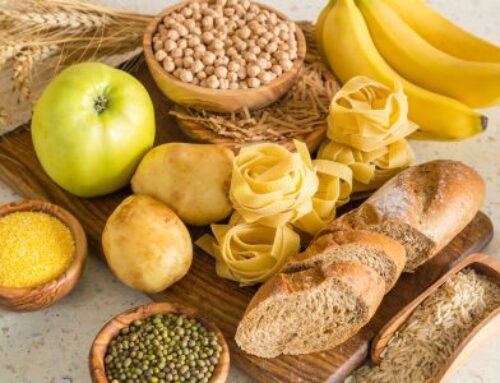
Did you know that different cooking and processing techniques can alter the FODMAP composition of a food?
Fascinating, right? Research suggests that whether a food is boiled, strained, canned, pressed or fermented, can influence the FODMAP component of a food! (Just remember the research around FODMAP content, food cooking and processing is still early, so watch this space in the future!)
Boiling
It is believed that boiling and straining lentils and red kidney beans can reduce the oligosaccharide content by approximately 70%! Researchers are still investigating the duration of boiling, however, it is estimated a duration of greater than five minutes is needed.
What does this mean for you?
If you have come to the end of your FODMAP journey and the challenges have indicated that oligosaccharides are problematic for you, why not try boiling lentils or red kidney beans for 5 minutes or so? By adding this extra cooking step, you potentially may be able to eat a little more beans than you expected, or it may feel better digested?
Pressing
There is some indication that pressing and straining can influence the FODMAP content of a food. Research suggested pressing and straining hard tofu, lowered the overall FODMAP content, compared to silken tofu which is higher. It is proposed straining tofu removes the fructan containing liquid, thereby reducing the FODMAP content.
What does this mean for you?
Why not give this a go? Next time you get tofu, why not opt for a hard tofu, and strain the tofu thoroughly when you get home? Strain the tofu with paper towel until there is no more liquid present.
Pickling
Still a relative new idea, but it is believed pickling particular foods can lower FODMAP content. Preliminary research indicated pickling onion, garlic and beetroot in brine reduced the FODMAP content, however, other vegetables saw no reduction at all.
Practical cooking tip
A common complaint whilst following the low FODMAP diet is flavour. This is mainly because foods high in oligosaccharides are removed, for example, onion and garlic. While removing garlic from your diet for a while may sound sinful, there are many other herbs and spices you can try and experiment with!
What does this mean for you?
Why not try to incorporate some of these flavours into your diet?
- Chili
- Parsley
- Coriander
- Basil
- Rosemary
- Cumin
- Coriander
- Garlic infused olive oil
- Ginger
- Maple syrup
- Salt and pepper
References:
Biesiekierski, J.R., et al., Quantification of fructans, galacto-oligosacharides and other short-chain carbohydrates in processed grains and cereals. J Hum Nutr Diet, 2011. 24(2): p. 154-76.
Muir, J.G., et al., Fructan and free fructose content of common Australian vegetables and fruit. J Agric Food Chem, 2007. 55(16): p. 6619-27.
Barrett, J.S., et al., Dietary poorly absorbed, short-chain carbohydrates increase delivery of water and fermentable substrates to the proximal colon. Aliment Pharmacol Ther, 2010. 31(8): p. 874-82



